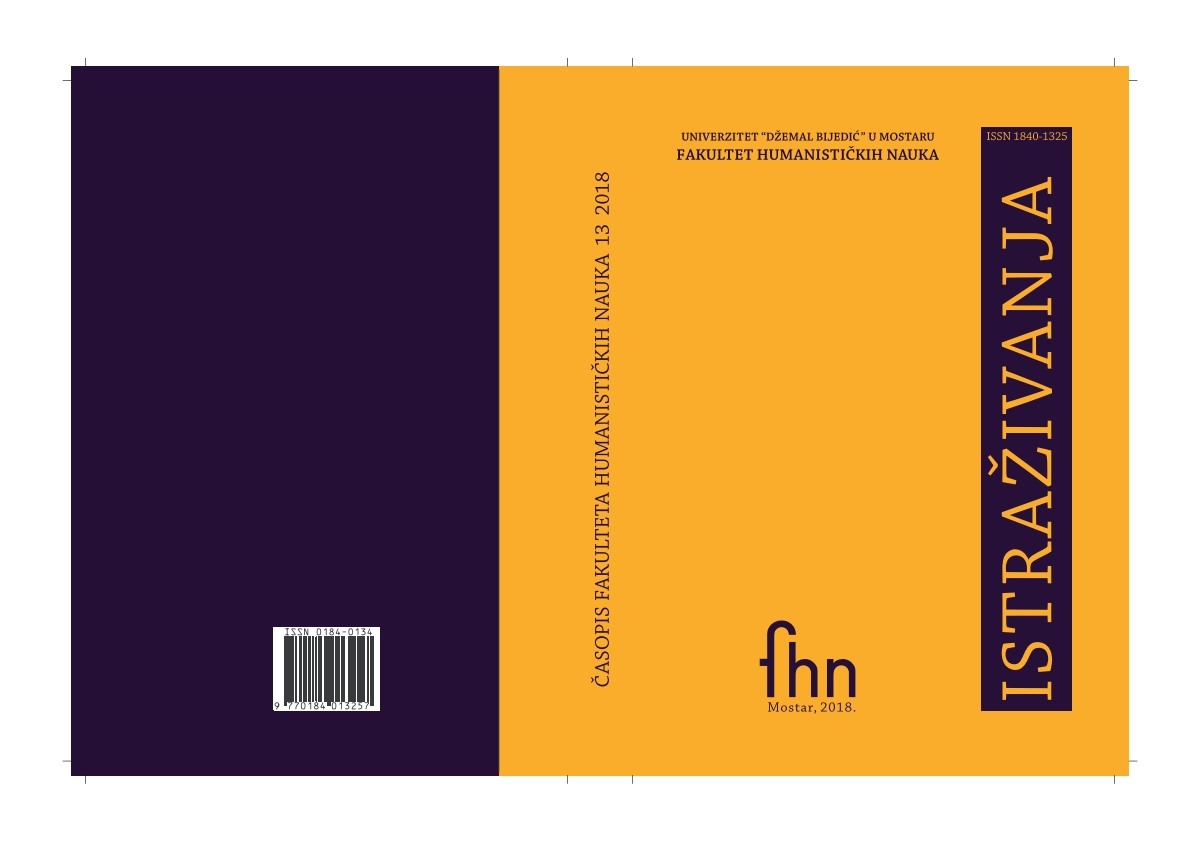Interakcija i komunikacija u procesu podučavanja stranog jezika na daljinu
INTERACTION AND COMMUNICATION IN SECOND LANGUAGE TEACHING IN A DISTANCE EDUCATION SYSTEM
Author(s): Iris Memić-FišićSubject(s): Language and Literature Studies, Foreign languages learning, Library and Information Science, Communication studies
Published by: Fakultet humanističkih nauka, Univerzitet »Džemal Bijedić« u Mostaru
Keywords: distance education; second language teaching; interaction; communication;
Summary/Abstract: Due to the necessity of transforming education systems in accordance with requirements and needs of the modern society, characterized by constantly increasing quantity of information and dynamic development of information and communication technology, the concept of distance education should definitely be considered as an alternative to a traditional education system. Importance of foreign language competences and skills of using information and communication technology, makes the concept of second language teaching in a distance education system even more significant and attractive, since it provides opportunities to get knowledge and develop language skills in a system which implies the use of modern technology. The answer to the question about weather and how efficiently a second language can be taught and learned in a distance education system, depends on various factors. In comparison to a traditional education system, second language teaching in a distance education system, has some significant advantages as well as limiting elements. Application of modern technology in education can contribute to development of personalized teaching, what is very important in second language teaching, taking into consideration differences between learners, in terms of previously gained knowledge and competences, learning styles etc. One of the biggest limitations in a process of second language teaching in a distance education system, is the lack of face-toface communication and interaction between educators and learners. Thanks to intensive development of information and communication technology, this problem can be successfully overcome. Computer mediated communication enables efficient interaction between educators and learners, creating almost identical environment for teaching and learning as in the traditional education system. Moreover, this type of communication has a significant potential to innovate and enhance a second language teaching process and, at the same time, to provide opportunities for developing skills for autonomous and life-long learning, which are considered to be of crucial importance in today’s society.
Journal: Istraživanja
- Issue Year: 2018
- Issue No: 13
- Page Range: 311-331
- Page Count: 21
- Language: Bosnian

